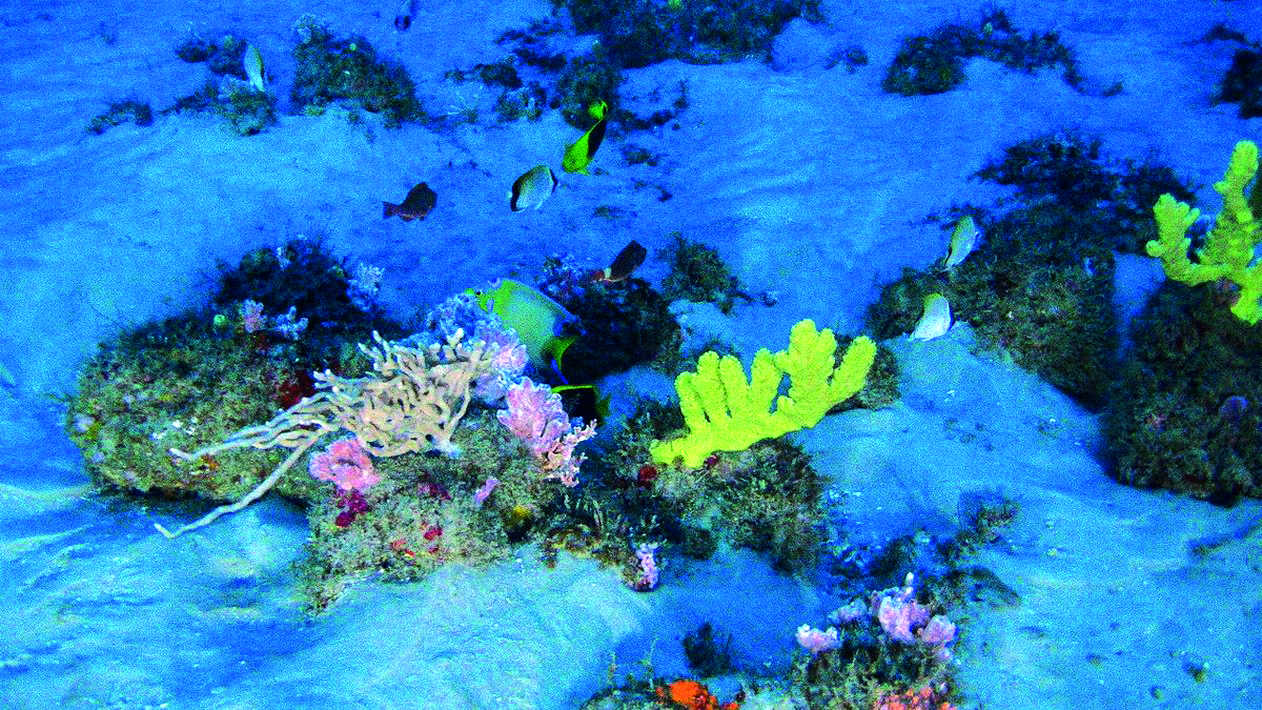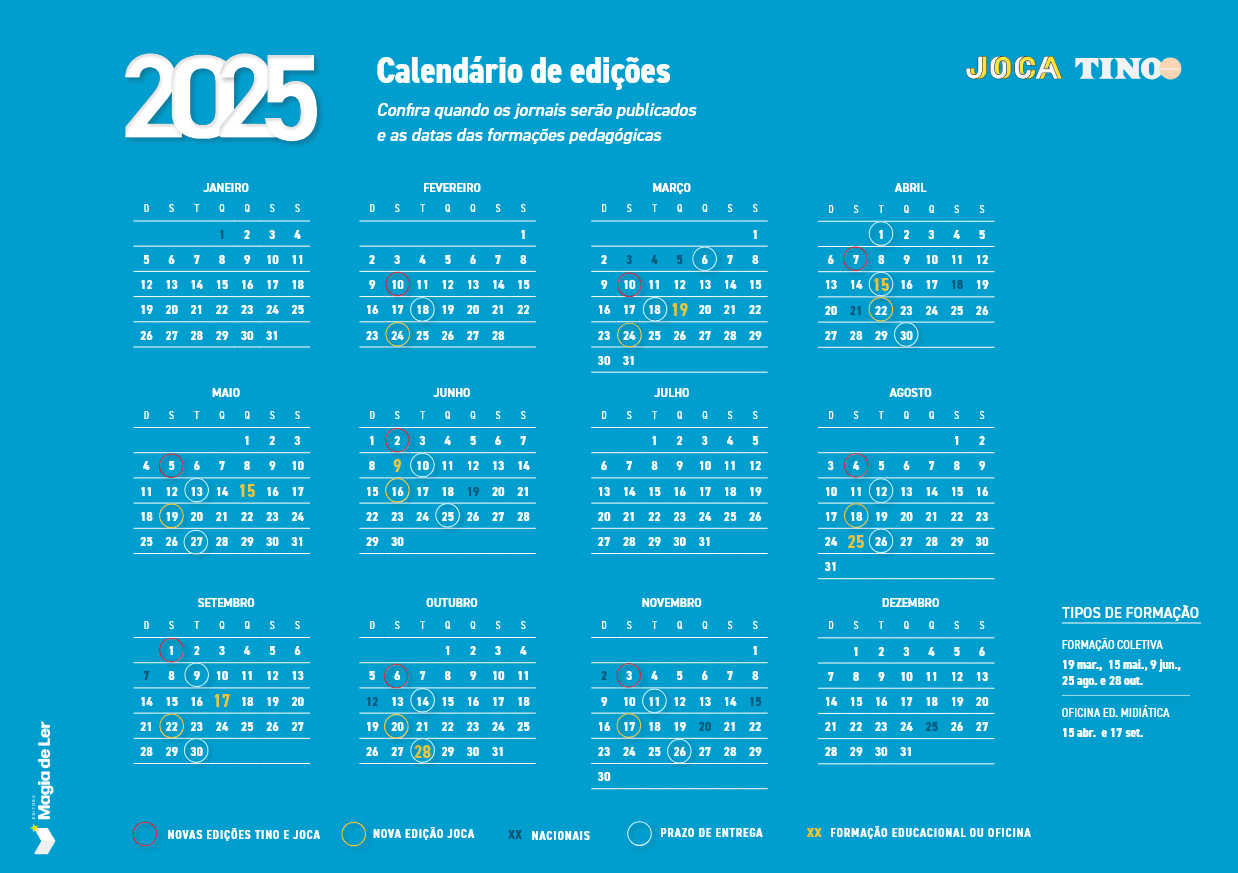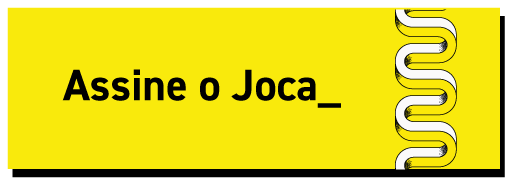In English
15 de maio de 2018
Largest Corals in Brazil Discovered in the Amazon – Level 2
Brazilian scientists recently discovered the largest reef in Brazil off the coast of Amapá state. The corals are hidden at depths between 70 and 220 metres. They cover an underwater area of 56,000 square kilometres (more than the area of Rio de Janeiro state). This was announced by the scientific mission on the Esperanza, a



Brazilian scientists recently discovered the largest reef in Brazil off the coast of Amapá state. The
corals are hidden at depths between 70 and 220 metres. They cover an underwater area of 56,000 square kilometres (more than the area of Rio de Janeiro state). This was announced by the scientific mission on the Esperanza, a ship lent by Greenpeace. The ship departed from Pará state to the French Guiana on April 2nd and sailed for 30 days.
Researchers used technology to find and record the corals. The corals are located in the area where
the Amazonas River meets the Atlantic Ocean and the strongest water current in the world is generated. A sonar scanned and showed images from the bottom of the ocean. Afterwards, a robot dove underwater, took photos in realtime, and collected water and samples for analysis.
Normally, corals live in warm, shallow waters. There was a reason for searching the area though: scientists want to study that marine habitat. Oil exploration by foreign companies is permitted there. In the area with corals, there are also turtles, dolphins, crustaceans, and fish like grouper, an endangered species. The first coral reef was discovered in the Amazon in 2017 right off the northern coast.
1. According to the text, which option is NOT right?
a. Normally, corals are found in more shallow and warm waters than those of the corals in the Amazon.
b. Technology was essential for the scientists’ discovery.
c. This area of the Amazon has already been studied.
d. Oil exploration is permitted in the Amazon’s coral region.
2. What risk can oil exploration pose to marine life?











Você precisa fazer o login para publicar um comentário.